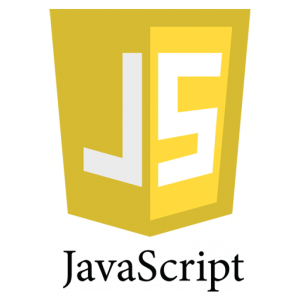JavaScript: The Language That Powers the Modern Web
From simple scripts to complex applications, JavaScript has become the universal language of the web
Introduction to JavaScript
JavaScript, often abbreviated as JS, is a high-level, interpreted programming language that conforms to the ECMAScript specification. Created in just 10 days in 1995 by Brendan Eich while at Netscape, JavaScript has grown from a simple scripting language for adding interactivity to web pages to a full-fledged programming language that powers complex web applications, servers (Node.js), mobile apps, and even desktop applications.
Did you know? Despite its name, JavaScript has no direct relation to Java. The name was chosen for marketing reasons when Java was popular in the mid-90s.
Why JavaScript Matters
JavaScript is unique in several important ways:
- Ubiquity: Runs on nearly every device with a web browser
- Versatility: Can be used for front-end, back-end, mobile, and desktop development
- Interactivity: Enables dynamic content updates without page reloads
- Community: One of the largest and most active developer communities
- Ecosystem: Over 1.3 million packages available via npm (Node Package Manager)
JavaScript in HTML
JavaScript is typically embedded in HTML documents in three ways:
1. Inline Scripting
<button onclick="alert('Hello World!')">Click Me</button>2. Internal Scripting
<script>
function greet() {
alert('Hello from internal JavaScript!');
}
</script>
<button onclick="greet()">Greet</button>3. External Scripting (Recommended)
<script src="scripts.js"></script>Best Practice: For better performance and maintainability, always place your <script> tags just before the closing </body> tag, or use the defer attribute.
Core JavaScript Concepts
Variables and Data Types
// Modern variable declaration (ES6+)
let name = 'Alice'; // String
const age = 30; // Number (constant)
let isStudent = true; // Boolean
let hobbies = ['reading', 'coding']; // Array
let person = { // Object
name: 'Bob',
age: 25
};Functions
// Function declaration
function greet(name) {
return `Hello, ${name}!`;
}
// Arrow function (ES6+)
const greet = (name) => `Hello, ${name}!`;DOM Manipulation
// Get element by ID
const header = document.getElementById('header');
// Change content
header.textContent = 'New Heading';
// Change style
header.style.color = 'blue';
// Event listener
document.querySelector('button').addEventListener('click', () => {
alert('Button clicked!');
});Modern JavaScript (ES6+) Features
ECMAScript 2015 (ES6) introduced major improvements:
Let and Const
let variable = 'can change';
const constant = 'cannot change';Arrow Functions
const sum = (a, b) => a + b;Template Literals
const message = `Hello, ${name}! You are ${age} years old.`;Destructuring
const { firstName, lastName } = person;
const [first, second] = hobbies;Interactive JavaScript Demo
Enter your name:
JavaScript in the Modern Web Stack
Today's JavaScript ecosystem includes:
- Frontend Frameworks: React, Angular, Vue.js
- Backend Runtime: Node.js
- Mobile Development: React Native, Ionic
- Desktop Apps: Electron
- Build Tools: Webpack, Babel, Vite
- Testing: Jest, Mocha, Cypress
The Future of JavaScript
JavaScript continues to evolve with annual ECMAScript releases. Emerging trends include:
- WebAssembly integration
- Improved module system
- Enhanced pattern matching
- Better TypeScript integration
- Advancements in web components
Conclusion
JavaScript has transformed from a simple scripting language into the most important programming language for web development. Its versatility, performance improvements, and massive ecosystem make it an essential tool for any developer working with web technologies. Whether you're building interactive websites, complex web applications, or cross-platform mobile apps, JavaScript provides the tools and community support to bring your ideas to life.
As the web continues to evolve, JavaScript remains at its core, constantly adapting to new challenges and opportunities in the digital landscape.

Comments(1)
Please login to leave a comment
Hey